NEBULA
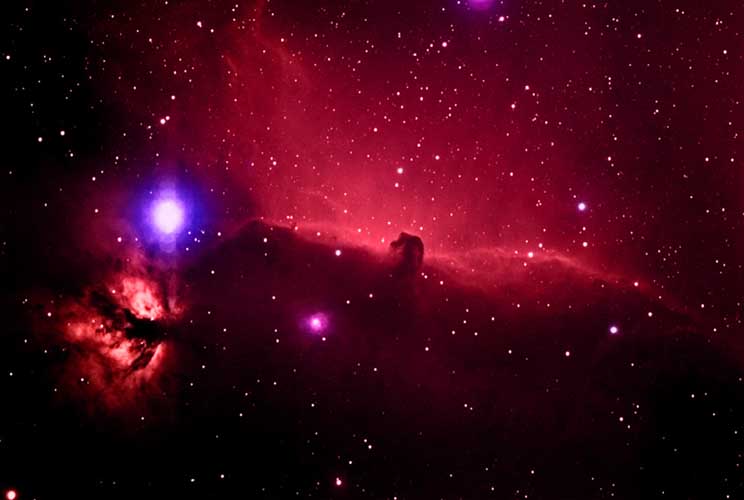

In 1758, Charles Messier found a crab nebula while hunting for comets. When he noticed that, unlike a comet, it didn't move, he decided to create the Messier Catalog.
At the center of the Crab is a pulsar, the neutron star that remains from the original star. Neutron stars are fantastic objects - just a few kilometers in diameter but with the mass of the Sun and very rapidly rotating (the Crab pulsar rotates 30 times per second, some pulsars ten times faster).
Originally, the word nebula referred to almost any extended astronomical object (other than planets and comets). The etymological root of nebula means cloud.
Clouds often bring us messages.
As is usual in astronomy, the old terminology survives in modern usage in sometimes confusing ways. We sometimes use the word "nebula" to refer to galaxies, various types of star clusters and various kinds of interstellar dust/gas clouds. More strictly speaking, the word "nebula" should be reserved for gas and dust clouds and not for groups of stars.
Early in this century, there was a great debate as to the nature of the nebulae like this one which at that time could not be resolved into individual stars. Thanks in large part to the work of Edwin Hubble whose famous paper "The Realm of the Nebulae" finally put the issue to rest, we now know that these are really vast conglomerates billions of stars which are very much more distant from the Earth than other nebulae. Our own Milky Way galaxy is just one of the billions of galaxies now known to exist. A typical galaxy is 100,000 light-years in diameter.
 GLOBAL CLUSTER
GLOBAL CLUSTER
Globular clusters are gravitationally bound groups of many thousands (sometimes as many as a million) of stars. They consist primarily of very old stars. Globular clusters are not concentrated in the plane of the galaxy but rather are randomly distributed throughout the halo. There are several hundred globular clusters associated with our galaxy. A typical globular cluster is a few hundred light-years across.
 EMISSION NEBULA
EMISSION NEBULA
Emission nebulae are clouds of high temperature gas. The atoms in the cloud are energized by ultraviolet light from a nearby star and emit radiation as they fall back into lower energy states (in much the same way as a neon light). These nebulae are usually red because the predominant emission line of hydrogen happens to be red (other colors are produced by other atoms, but hydrogen is by far the most abundant). Emission nebulae are usually the sites of recent and ongoing star formation.
 REFLECTION NEBULA
REFLECTION NEBULA
Reflection nebulae are clouds of dust which are simply reflecting the light of a nearby star or stars. Reflection nebulae are also usually sites of star formation. They are usually blue because the scattering is more efficient for blue light. Reflection nebulae and emission nebulae are often seen together and are sometimes b oth referred to as diffuse nebulae.
 DARK NEBULA
DARK NEBULA
Dark nebulae are clouds of dust which are simply blocking the light from whatever is behind. They are physically very similar to reflection nebulae; they look different only because of the geometry of the light source, the cloud and the Earth. Dark nebulae are also often seen in conjunction with reflection and emission nebulae. A typical diffuse nebula is a few hundred light-years across.
 PLANETARY NEBULA
PLANETARY NEBULA
Planetary nebulae are shells of gas thrown out by some stars near the end of their lives. Our Sun will probably produce a planetary nebula in about 5 billion years. They have nothing at all to do with planets; the terminology was invented because they often look a little like planets in small telescopes. A typical planetary nebula is less than one light-year across.
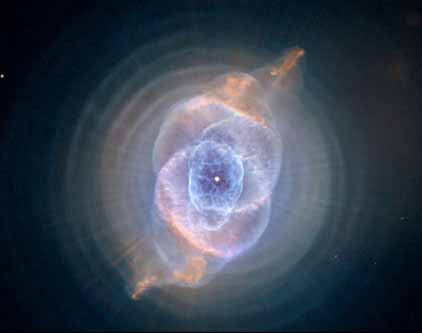
Eye Nebula - Eye Symbology
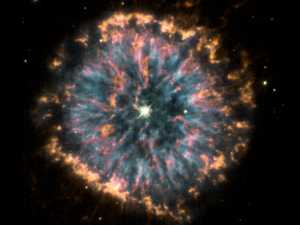
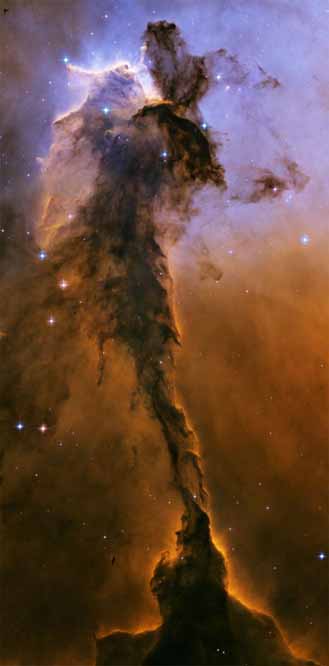
Eagle Nebula - Evolution of Consciousness - Masonic Program
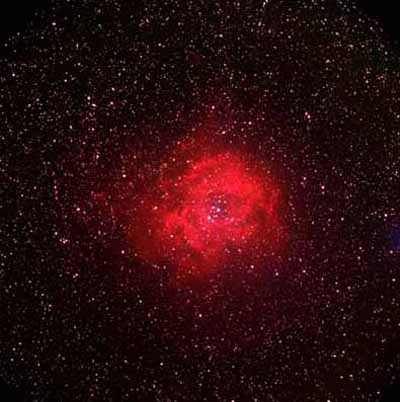
Rosette Nebula Flower of Life
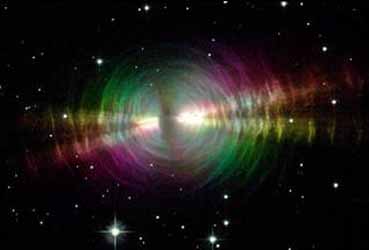
Egg Nebula - Creation - Sacred Geometry

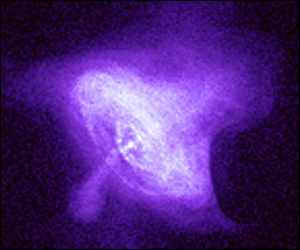
Crab Nebula - Cancer
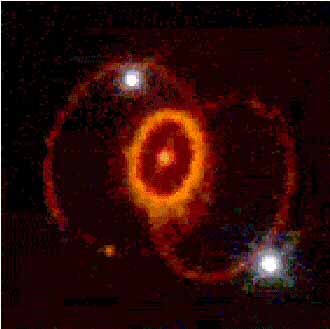
Crab Nebula

Crab Nebula - July 4th - Freedom
Ellie's Archives
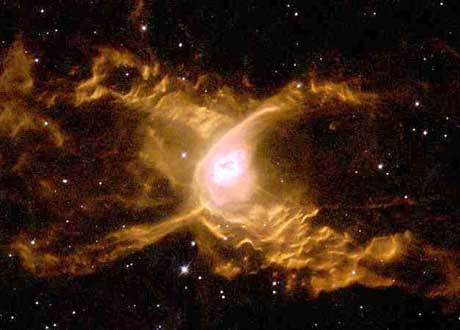
Spider Nebula - Spider Web Theory - Creation by one Source in the Web/Matrix
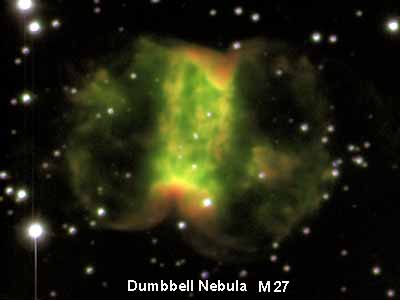
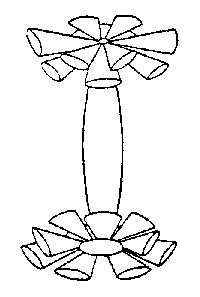
12 Petal Flower of Life - Qabbalah
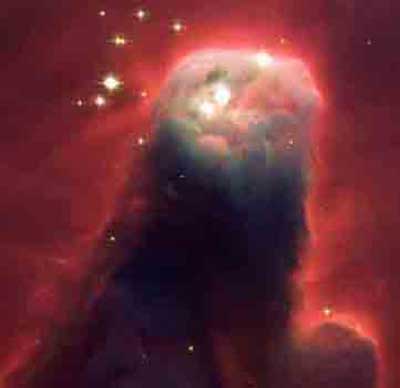
Cone Nebula
12 Cones Around 1 to form grids / matrix
12+1=13+1+3=4=4TH DIMENSION = LINEAR TIME
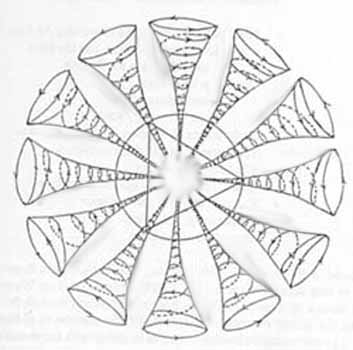
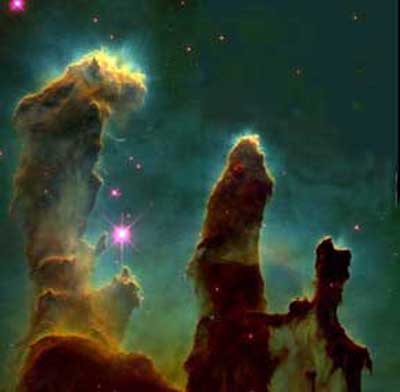
PIillars of Creation
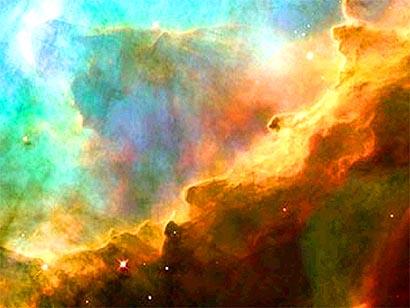
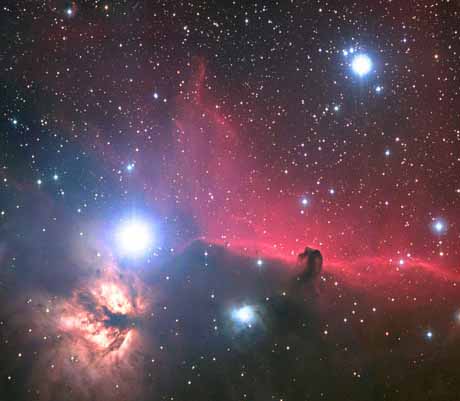
Horse Nebula - Revelation
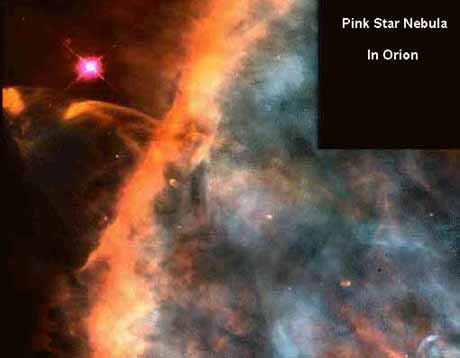
Red Triangle
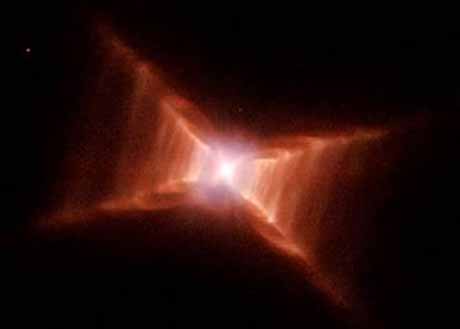
Pink Energies - June 2004
ALPHABETICAL INDEX OF ALL FILES